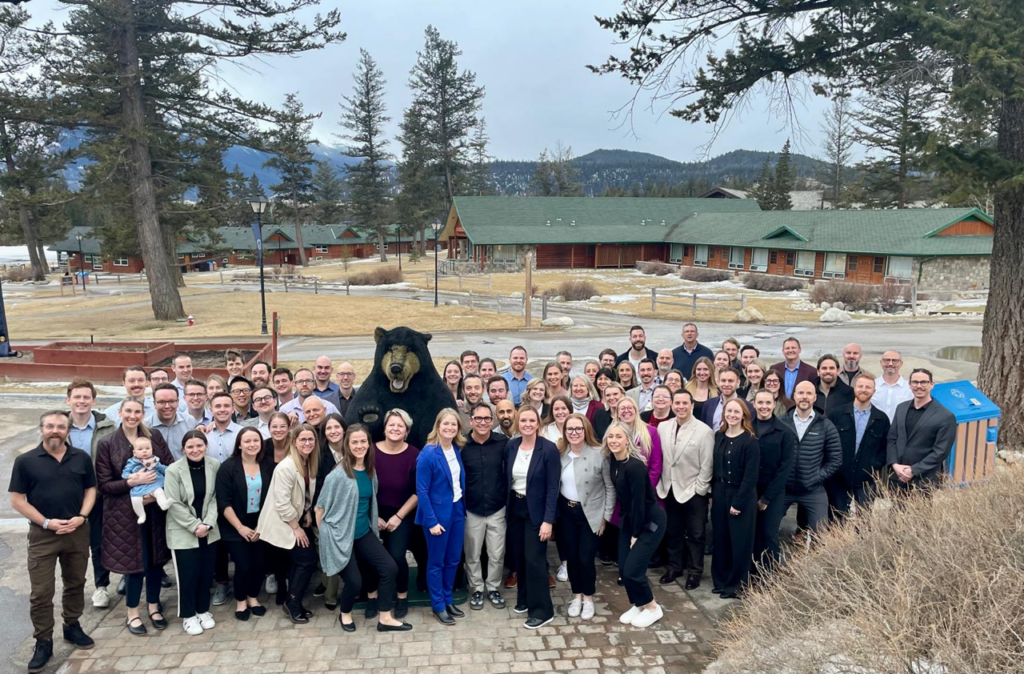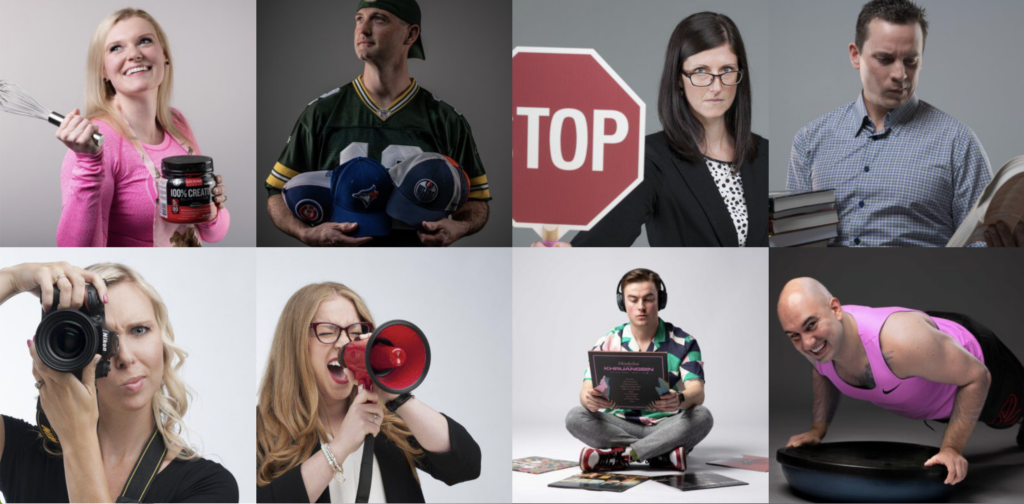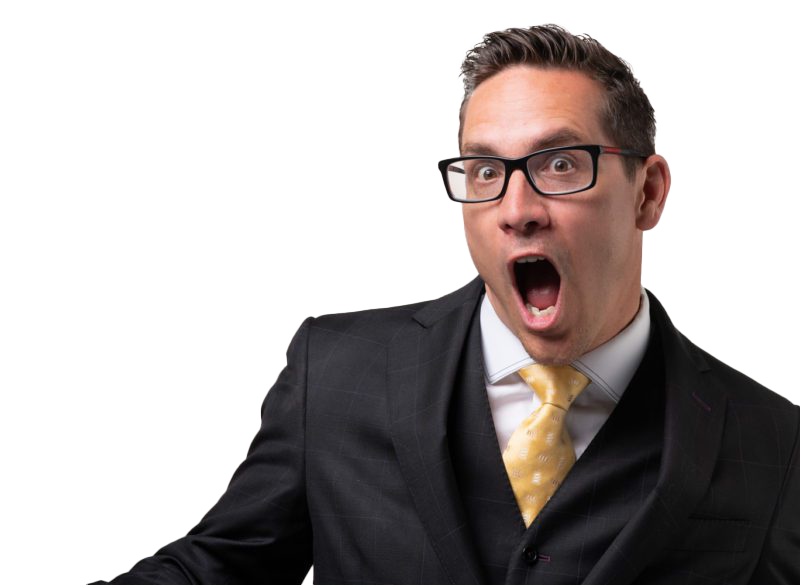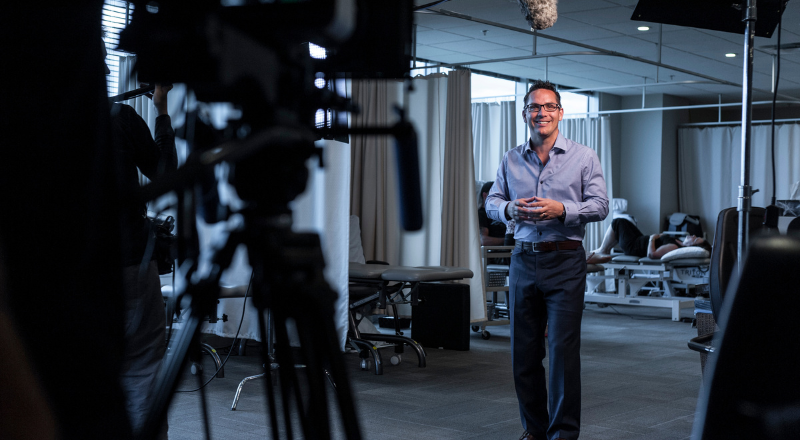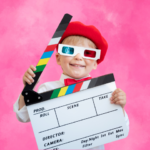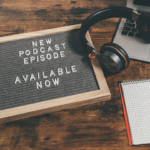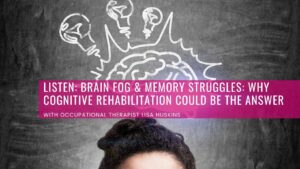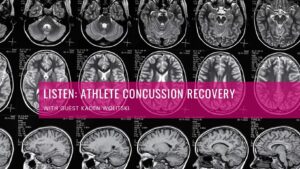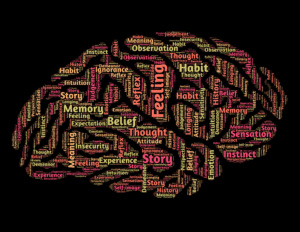just because people can’t see a brain injury doesn’t make it any less serious
Concussion & Traumatic Brain Injury Rehabilitation at Leading Edge Physiotherapy
At Leading Edge Physiotherapy, we understand that the effects of a concussion or traumatic brain injury (TBI) can be invisible to others—but deeply disruptive to the person experiencing them. That’s why we’ve developed a comprehensive concussion and TBI treatment program, available at select clinics across Edmonton, St. Albert, Calgary, and Kelowna.
Our approach reflects our commitment to combining advanced technology, clinical expertise, and compassionate care. Because Life Shouldn’t Hurt™, and your recovery deserves more than just time—it deserves attention, understanding, and action.
What Is a Concussion or Mild Traumatic Brain Injury (mTBI)?
A concussion or mTBI is a neurophysiological event caused by mechanical forces—such as blunt impact, rapid acceleration or deceleration, or rotational movement—transmitted to the brain. These forces can damage brain tissue at the cellular level, disrupting previously automatic functions and requiring more conscious effort to complete everyday tasks.
This increased cognitive demand often leads to mental fatigue, difficulty concentrating, and emotional strain. And while the injury may not be visible, its effects are very real.
Common Causes of Concussion or mTBI
- Motor vehicle collisions
- Sports or recreational injuries
- Falls
- Workplace accidents
- Assault or trauma
Who Should Be Assessed?
According to the Guideline for Concussion/Mild Traumatic Brain Injury & Persistent Symptoms (3rd Edition), individuals should seek specialized assessment if:
- They have comorbidities or risk factors and are not improving within the first month
- They experience persistent symptoms beyond four weeks post-injury
Early and accurate evaluation is key to preventing long-term complications and guiding effective treatment.
Our Assessment Process
Your initial evaluation includes a thorough screening for vascular and neurological concerns, followed by a detailed assessment of:
- Vestibulo-ocular function
- Dynamic visual acuity
- Cervical spine biomechanics and kinesthetic function
- Sensory organization
- Static and dynamic postural stability
- Motion sensitivity
- Nystagmus patterns using infrared goggles and advanced diagnostic tools
This multi-layered approach helps us understand how your brain injury is affecting your body and guides us in building a personalized treatment plan.
Treatment Options Tailored to You
Our interdisciplinary team of physiotherapists and occupational therapists may recommend a combination of:
- Manual therapy
- Specialized vestibular rehabilitation
- Neuromuscular retraining
- Cognitive rehabilitation therapy
Cognitive Rehabilitation Therapy
This treatment focuses on rebuilding cognitive skills that have been altered by brain trauma. It includes:
- Direct retraining of cognitive functions
- Internal and external compensatory strategies
- Education about symptoms and their impact
- Integration of skills into everyday life
Our goal is to help you regain independence, confidence, and clarity in your daily routines.
Collaborative Care
We’re proud to work alongside a network of trusted professionals to support areas beyond our scope—such as vision and hearing changes—ensuring you receive the most complete care possible.
Your Brain Shouldn’t Hurt
We know how overwhelming it can be to navigate life after a concussion or brain injury. We’re grateful to be part of your healing journey, and we’re here to listen, guide, and support you every step of the way.
Contact Leading Edge Physiotherapy today to schedule your assessment. Because Life Shouldn’t Hurt™, and your recovery deserves to be seen, understood, and supported.

